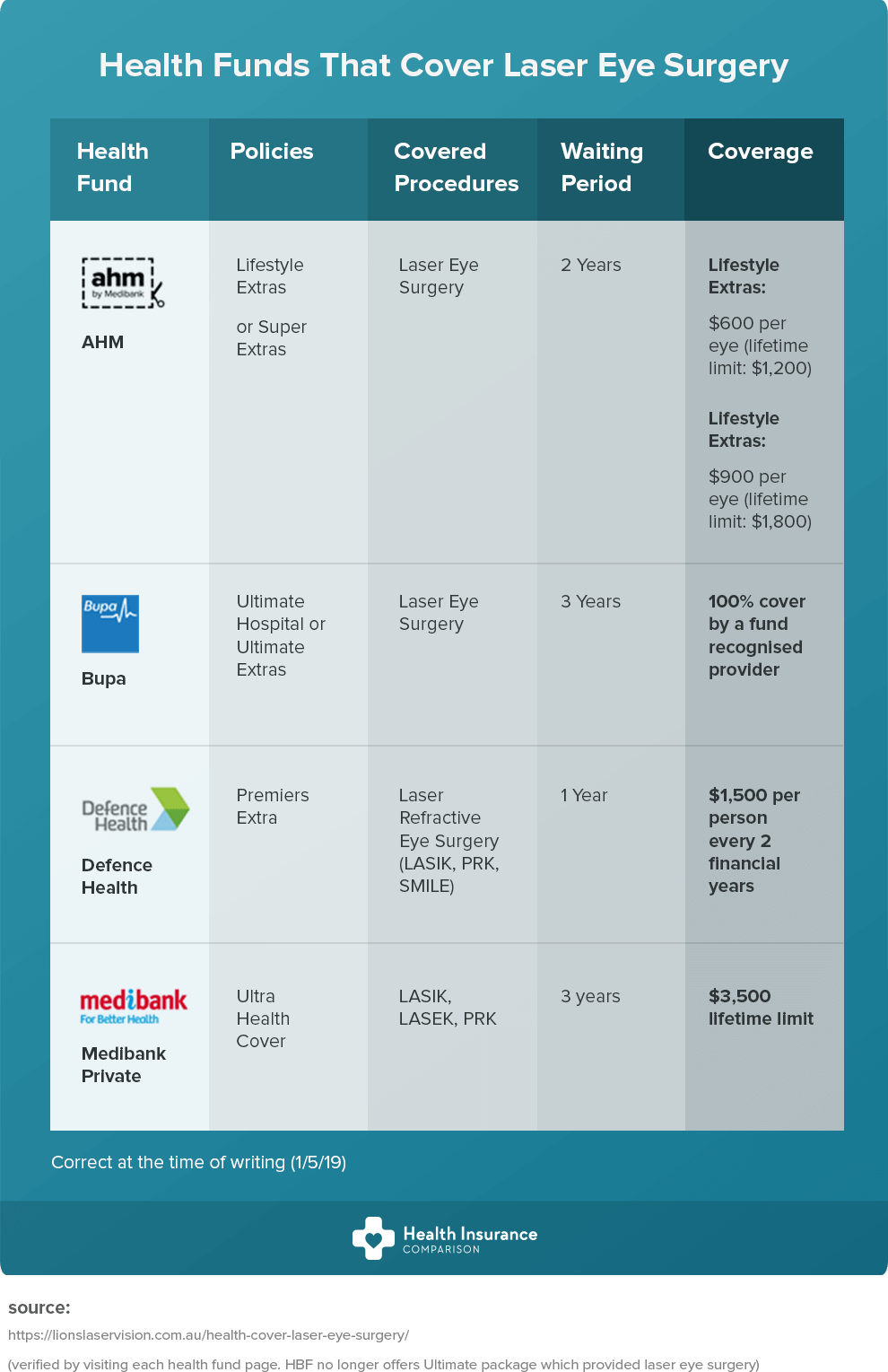When Should Your Child Speak With A Pediatric Eye Specialist? Signs And Symptoms And Options

Short Article By-MacGregor Shah
As a moms and dad, you might ask yourself when your kid needs to see a pediatric ophthalmologist. It is essential to identify the indications of possible vision issues, like squinting or frequent frustrations. You'll want to ensure your kid obtains the ideal analyses at crucial ages. Understanding these standards can help you take proactive steps for their aesthetic health and wellness. But what certain indications should you try to find, and what options are readily available?
Common Indications of Vision Problems in Children
When you observe your kid squinting, scrubing their eyes, or struggling to concentrate on distant things, it might be time to consider their vision health and wellness. These signs can show underlying issues that need attention.
You may additionally see them preventing reading or close-up tasks, frequently turning their head, or suffering frustrations after institution. If your kid seems quickly sidetracked or has trouble following moving items, it can indicate a vision trouble too.
Additionally, if they commonly cover one eye or experience difficulty with deepness perception, it's necessary to act. Being aggressive regarding these signs can lead to prompt interventions, guaranteeing your youngster's vision establishes appropriately and supporting their discovering and day-to-day activities.
Do not wait to get in visit the up coming webpage with a pediatric ophthalmologist if you're concerned.
Age-Specific Standards for Eye Examinations
Eye examinations are crucial at different phases of your kid's development, and knowing when to schedule them can make a big difference.
For babies, it's suggested to have their first eye examination at 6 months. This helps catch any possible problems early.
As https://mgyb.co/s/sDRCl comes close to age three, a thorough exam is crucial to evaluate their vision and eye alignment.
Once they start institution, around age 5 or six, ensure they have actually one more test to check for vision changes that can impact knowing.
After that, regular eye tests each to 2 years are typically sufficient, unless your kid has certain worries or risk aspects.
Remaining positive with these standards helps preserve your kid's aesthetic health and wellness for a life time.
Solutions for Typical Pediatric Vision Issues
Addressing typical pediatric vision problems early can substantially improve your youngster's lifestyle and learning experience.
If your youngster deals with nearsightedness or farsightedness, corrective glasses or get in touch with lenses can help them see clearly.
For conditions like amblyopia (lazy eye), therapies like patching the more powerful eye can improve vision in the weaker one.
If your child has actually strabismus (gone across eyes), alternatives like vision treatment or surgical treatment might be necessary to line up the eyes.
Normal eye tests are necessary for keeping an eye on these problems and readjusting therapies as required.
Urge healthy and balanced eye practices, like limiting display time and guaranteeing correct lighting while reading.
Verdict
Finally, watching on your child's vision is essential. Bear in mind to schedule their initial eye examination by 6 months, and follow up at age three and around 5 or 6. If you discover indications like squinting or problems of migraines, don't wait-- get in touch with a pediatric ophthalmologist. Early detection and tailored options can make a big difference in your child's visual health and general health. Do something about it now to guarantee they see the world plainly!

